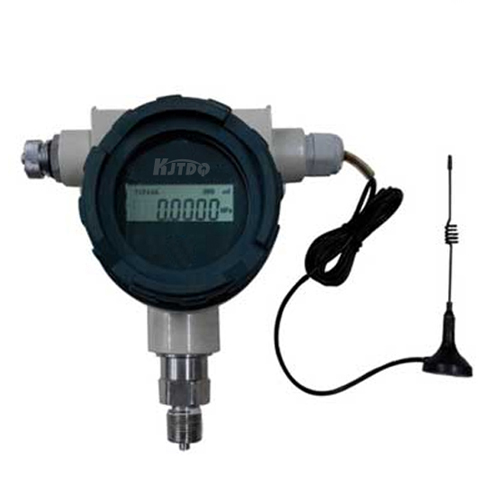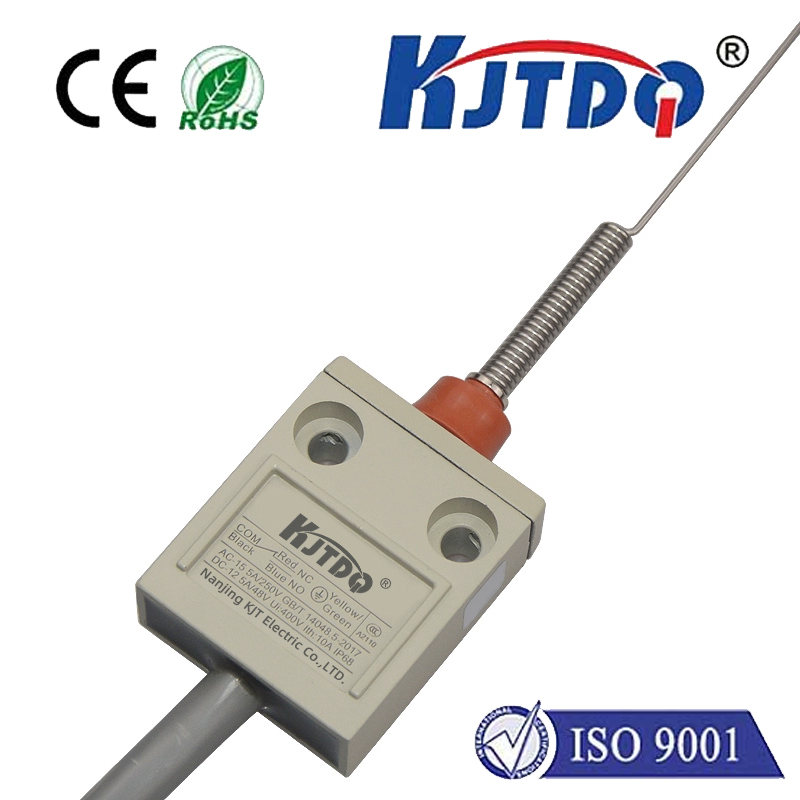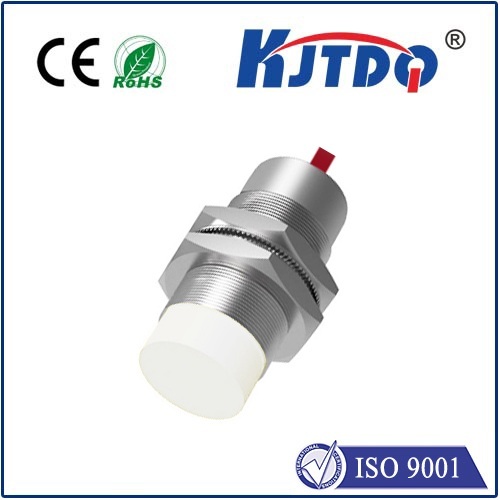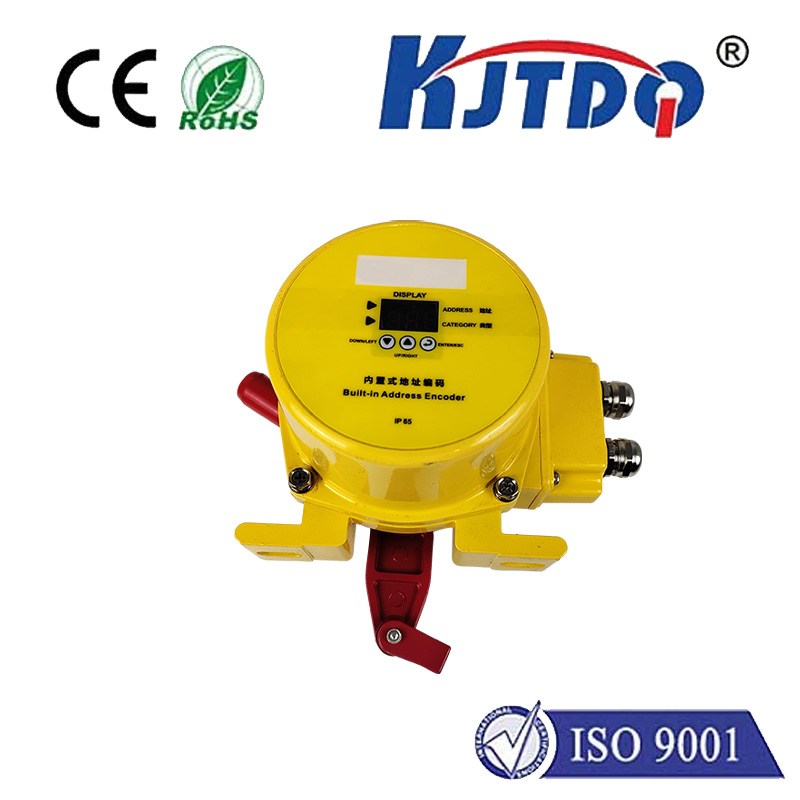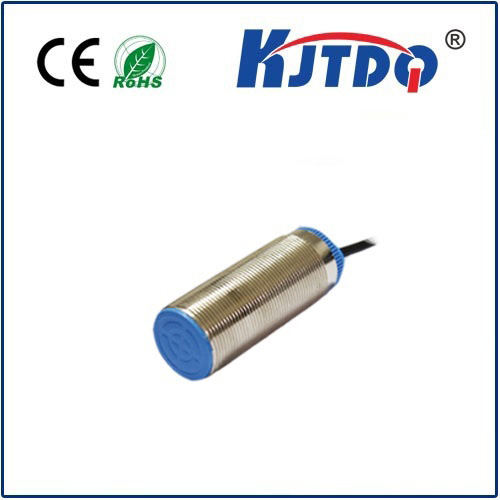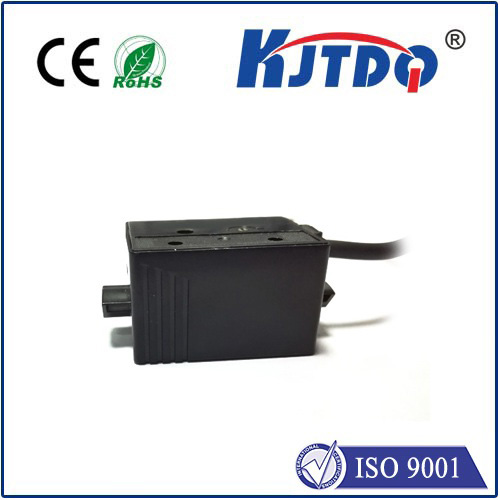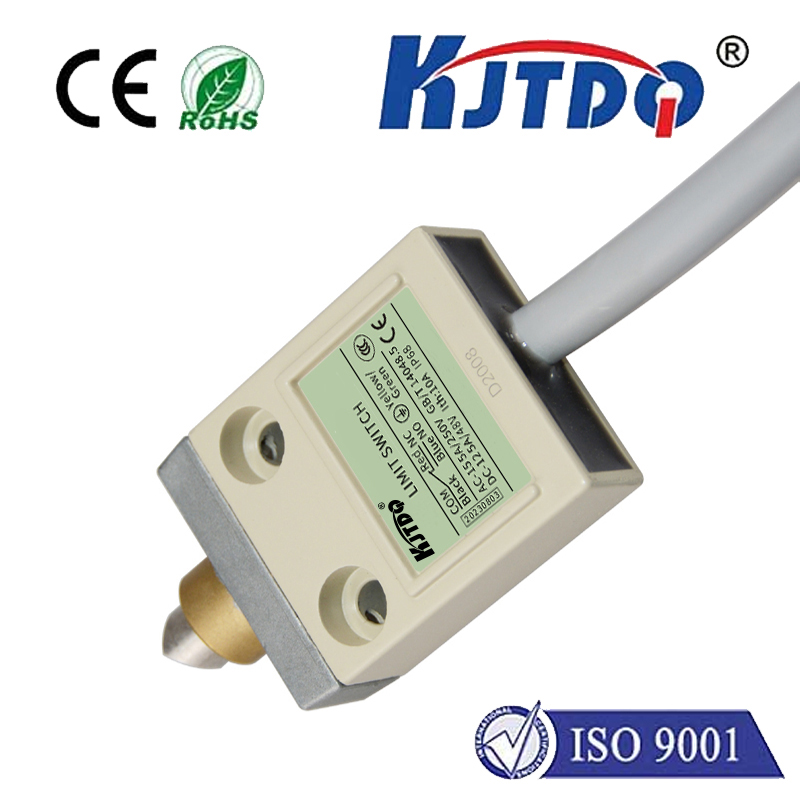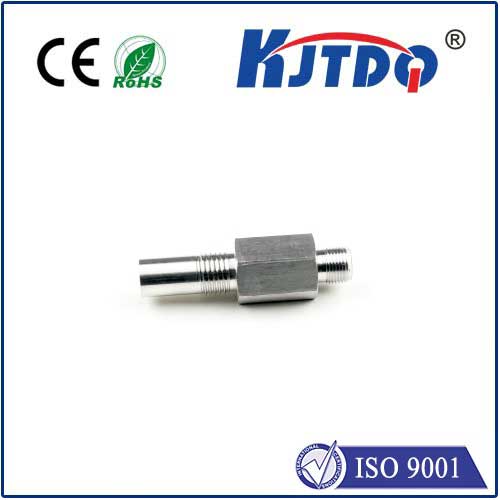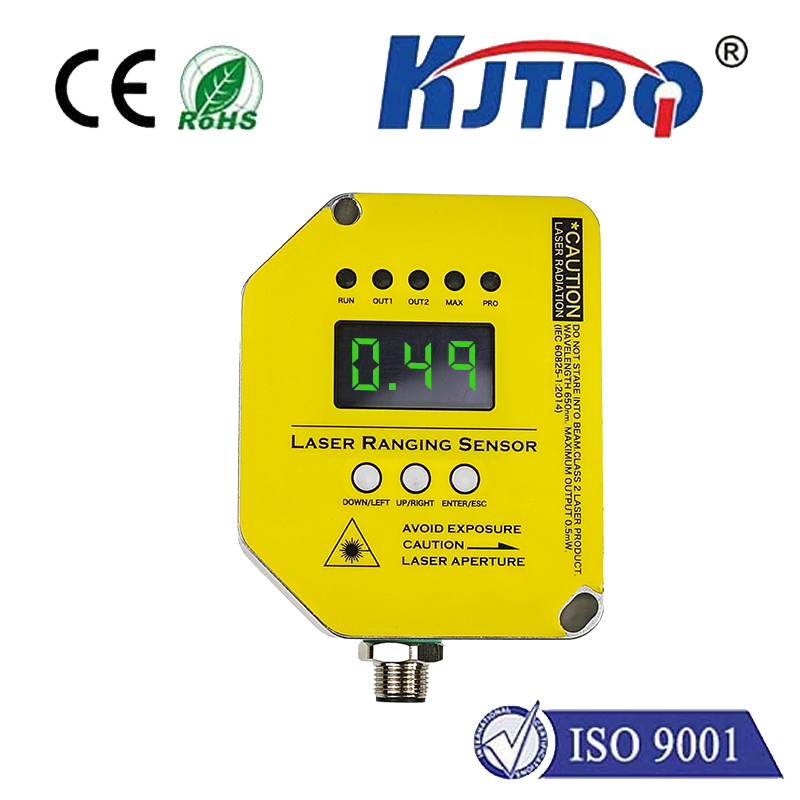sensor npn no
- time:2025-06-25 00:15:25
- Click:0
How NPN Normally Open Sensors Work: The Complete Guide
Ever wondered how machines “feel” their surroundings? In the intricate world of automation and control, sensors act as the essential eyes and ears. Among the most reliable and widely implemented are proximity sensors, frequently built using NPN transistors in a normally open (NO) configuration. Understanding the “sensor NPN no” principle unlocks the foundation of how countless devices, from factory assembly lines to your garage door opener, detect objects and trigger precise actions. This guide delves deep into the mechanics, advantages, and standard applications of NPN NO sensors.
Demystifying the Core Components: Sensor, NPN, NO
- Sensor: At its heart, a sensor is a device that detects a physical property (like presence, proximity, light, temperature) and converts it into an electrical signal. Proximity sensors specifically detect the presence or absence of an object within their sensing range without physical contact.
- NPN Transistor: This is the critical switching element inside the sensor’s output stage. An NPN transistor is a three-layer semiconductor device with a layer of P-type material sandwiched between two layers of N-type material. It has three terminals:
- Emitter (E): Typically connected to the power supply ground (0V).
- Base (B): The control terminal. A small current applied here controls a much larger current flow between C and E.
- Collector ©: Connects to the load device that needs switching (like a PLC input, relay coil, or indicator lamp) and is also connected to the positive supply voltage via this load.
- Normally Open (NO): This describes the default state of the sensor’s output switching circuit when there is no target object present within its sensing range. In an NPN NO sensor:
- No Target Present: No current flows out of the sensor’s output wire (usually the black wire). The transistor acts like an open switch between C and E. The connected load circuit is open or off.
- Target Present: When an object enters the sensing field, the sensor activates. This causes the NPN transistor to switch ON, effectively closing the switch between C and E. Current sources (flows out) from the sensor’s output terminal, through the connected load, completing the circuit to ground. The load circuit is now closed or on.
The “Sensor NPN NO” Operation Sequence: A Step-by-Step Breakdown

Imagine an NPN NO inductive proximity sensor detecting a metal part:
- Default State (NO Target):
- The sensor’s internal oscillator circuit runs freely.
- The NPN transistor is OFF. The path between Collector and Emitter acts like an open switch.
- No current flows out of the output wire. The wire is effectively “floating” or at a high impedance state relative to ground.
- A device connected to this output (like a PLC digital input) reads this as a low signal or “OFF” state.
- Detection State (Target Enters Range):
- The metal part enters the sensor’s electromagnetic field.
- The oscillator detects a change (damping or eddy currents).
- This detection signal triggers the sensor’s internal circuitry.
- The NPN transistor switches ON. The path between Collector and Emitter becomes a closed switch.
- Current now flows out from the sensor’s output terminal (Collector).
- This current travels through the connected load device (e.g., through the PLC input module’s internal circuit).
- The current completes its path back to the power supply ground (0V) via the sensor’s Emitter terminal (often connected to a blue wire).
- The PLC input module now detects this current flow as a high signal or “ON” state.
Why Choose an NPN Normally Open Sensor? Key Advantages
The prevalence of the “sensor npn no” configuration in industrial settings is no accident; it offers compelling benefits:
- Simplified Wiring & Logic: The NO action aligns perfectly with intuitive control logic: “See something? Turn on.” Wiring is straightforward – often just three wires: Brown (+Voltage), Blue (Ground/0V), Black (Switched Output).
- Electrical Safety (Sourcing Output): Because the NPN output sources current towards the load and to ground, any accidental grounding (e.g., wire fraying against metal) on the output line won’t typically cause a short circuit or sensor damage when the sensor is off. This contrasts with PNP sensors, where the output is always connected to positive voltage when active. (This inherent safety is a major advantage for NPN wiring.)
- Energy Efficiency: When no target is present (the “normal” state for most monitoring), the sensor draws minimal current on its output line, conserving energy.
- Wide Compatibility: NPN transistors are historically common and match the input requirements of many PLCs and control systems designed for sinking inputs (meaning the PLC input provides the positive voltage path and expects the sensor to connect it to ground when active, which an NPN NO sensor does perfectly). This avoids the need for expensive isolation modules often required when mixing sensor output types.
- Clear Signal Interpretation: The “Open = No Object / Closed = Object Present” logic of the NO configuration is easily understood and programmed.
Common Applications: Where “Sensor NPN NO” Shines
NPN Normally Open sensors are the backbone of object detection and automation control:
- Production Line Part Detection: Confirming a part is in place on a conveyor before a robot performs an operation. (Trigger only when the part is present.)
- Machine Guarding: Detecting if a safety door is closed before allowing machinery to start. (Activate safety circuits only when the door is open - using the NO signal to indicate an unsafe state.)
- End-of-Travel Sensing: Signaling when a pneumatic cylinder is fully extended or retracted. (Signal only at the end position.)
- Counting Objects: Registering items passing a checkpoint on a conveyor.
- Level Sensing: Detecting when material reaches a certain height in a bin or hopper.
- Packaging Machines: Ensuring a box is positioned correctly for sealing or labeling.
NPN vs. PNP Sensor Outputs: A Crucial Distinction
It’s impossible to discuss “sensor npn” without mentioning PNP. The key difference lies in the transistor type and the resulting output behaviour (especially crucial for wiring correctly):
- NPN (Sinking Output): As described, current sources out when active. Connects the load to ground when on. Compatible with PLCs configured for sinking inputs.
- PNP (Sourcing Output): Uses a PNP transistor. Current sinks in (flows into the output terminal) when active. Connects the load to positive voltage when on. Compatible with PLCs configured for sourcing inputs.
- NPN NO vs. PNP NC: While NO and












